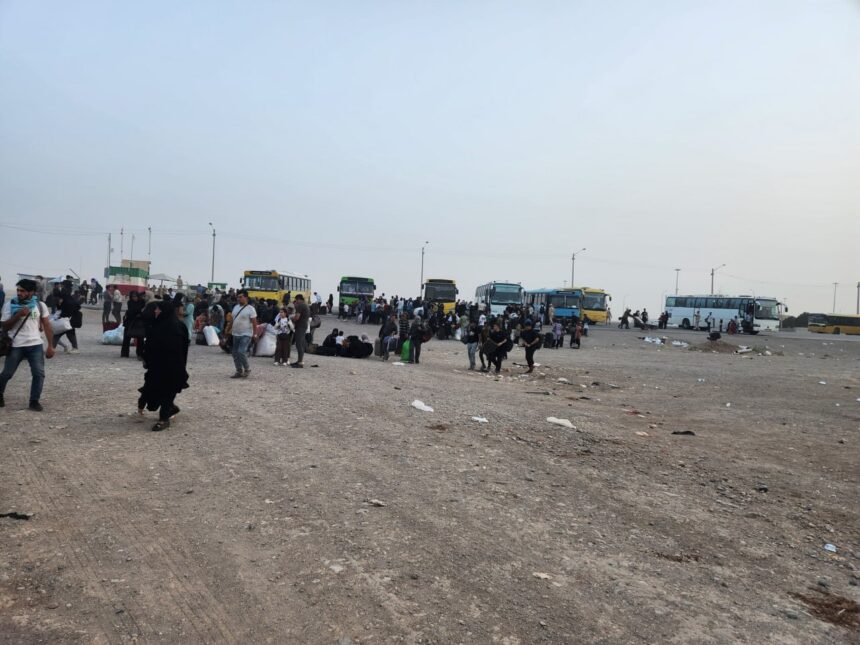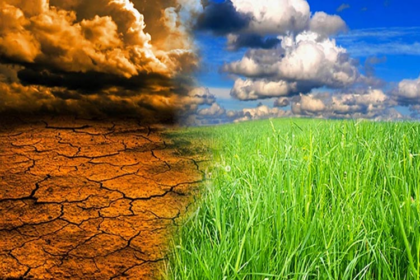RASC News Agency: Amid the forced deportation of over 30,000 Afghanistani migrants from Iran in a single day, Taliban officials in Herat have issued public warnings of an imminent humanitarian emergency at the Islam Qala border crossing. However, multiple sources suggest that the mass return of migrants is not merely a regional development, but rather part of a calculated strategy by the Taliban to manufacture a crisis capable of attracting international attention and ultimately, reviving suspended streams of foreign aid. According to Ahmadullah Muttaqi, the Taliban’s Director of Information and Culture in Herat, some 600 buses carrying Afghanistani migrants crossed into Afghanistan from Iran on Wednesday, June 26. He claimed that emergency measures had been implemented at the border, including the provision of food, drinking water, and transportation for returnees. His remarks were echoed by Noor Ahmad Islamjar, the Taliban-appointed governor of Herat, who spoke of “enhanced coordination” among Taliban-led institutions to prevent what he called a “potential crisis.”
But on the ground, the reality appears far grimmer. Several returnees who had arrived from Tehran described long hours of waiting in chaos, without shelter, information, or assistance. One man told RASC: “We were left in the sun for hours without water or food. No one from the authorities even looked at us. It felt like we were cattle not people.” While some returnees cited fear of instability and discrimination in Iran as motives for their return, political analysts believe these expulsions are being politically engineered with the tacit encouragement or even active coordination of the Taliban regime. According to multiple regional observers, the Taliban is deliberately pressuring neighboring states, particularly Iran and Pakistan, to intensify deportations. The goal: to deliberately provoke a humanitarian disaster on Afghanistan’s borders, which can be instrumentalized to compel renewed engagement from the international community and reactivate humanitarian aid that has been frozen due to the regime’s human rights abuses and gender apartheid.
“This isn’t just a refugee crisis it’s a political performance,” said Shabnam Nazari, a Kabul-based analyst on forced migration. “The Taliban want photos of starving women and barefoot children crossing the desert. Not because they care, but because they know the world does.” Even the United Nations has begun to raise alarms. Indrika Ratwatte, Deputy Head of the UN Mission in Afghanistan (UNAMA), stated that existing resources cover only a fraction of current humanitarian needs. “Every returnee must be welcomed in humane conditions and with dignity,” Ratwatte warned, “otherwise, poverty and despair will spiral into catastrophe.” According to UN data, over 800,000 Afghanistani migrants have been forcibly repatriated from Iran and Pakistan in the past six months alone many of them arriving homeless, unemployed, and without any form of support.
Meanwhile, the government of Iran is intensifying its crackdown on undocumented migrants. Mohammad Sadegh Motamedian, Tehran’s provincial governor, recently announced that nearly 800,000 illegal Afghanistani migrants were currently residing in the Iranian capital. Joint plans are reportedly underway with security forces and transport companies to systematically expel them in the coming weeks. Despite the Taliban’s rhetorical warnings about a humanitarian emergency, critics argue that the group is not an overwhelmed government it is a willing architect of crisis. With foreign aid drying up, public services collapsing, and international legitimacy out of reach, the Taliban appears determined to weaponize misery at the borders as a bargaining chip in its international relations. As one humanitarian worker told RASC on condition of anonymity:
“This is not just the failure of a regime. It’s the deliberate manufacture of suffering.”






